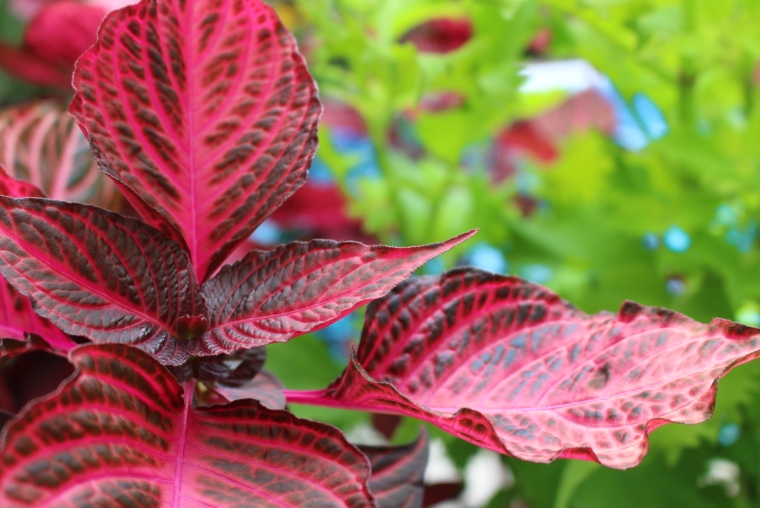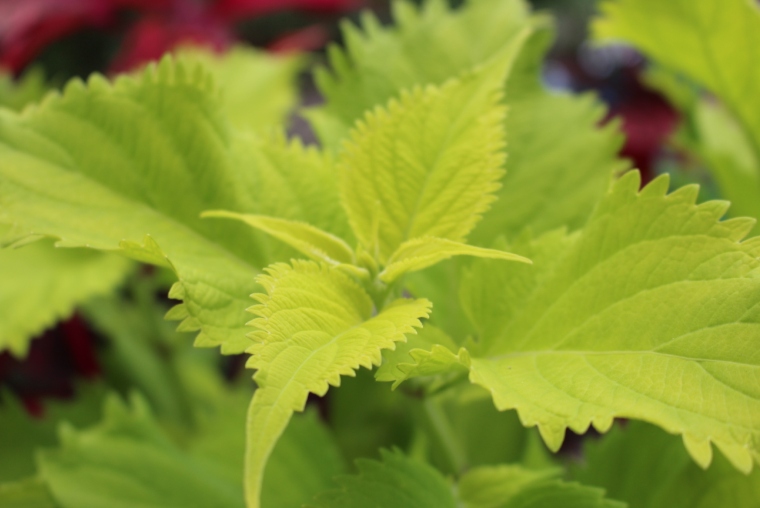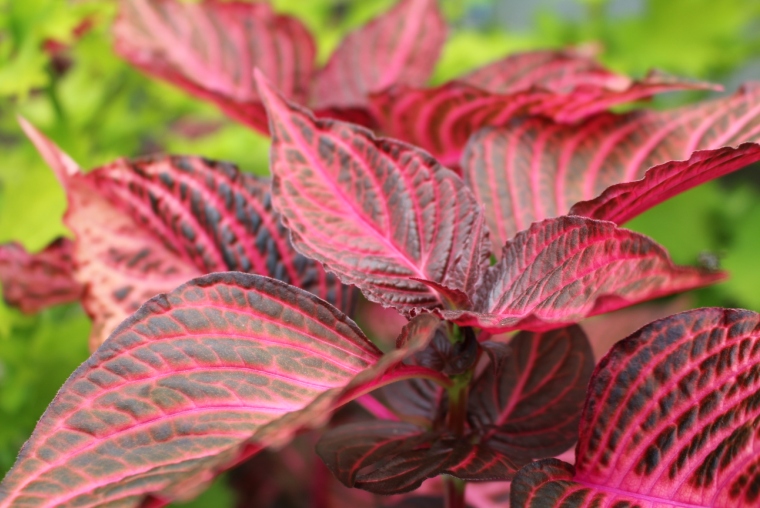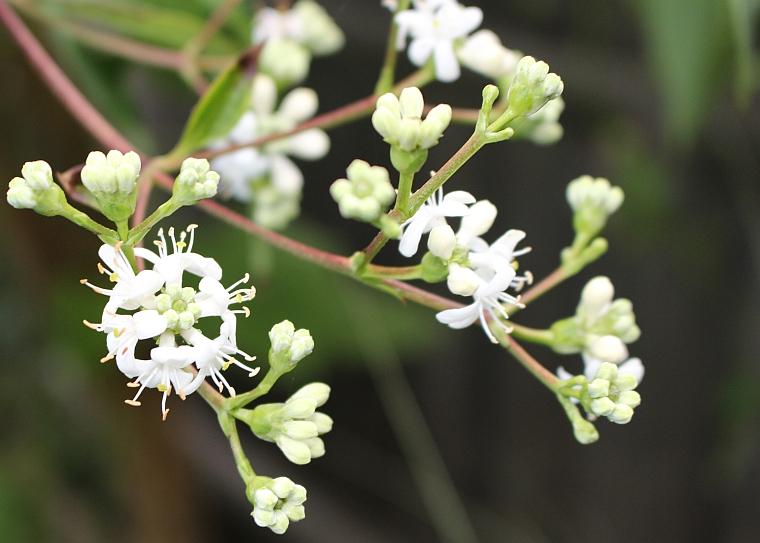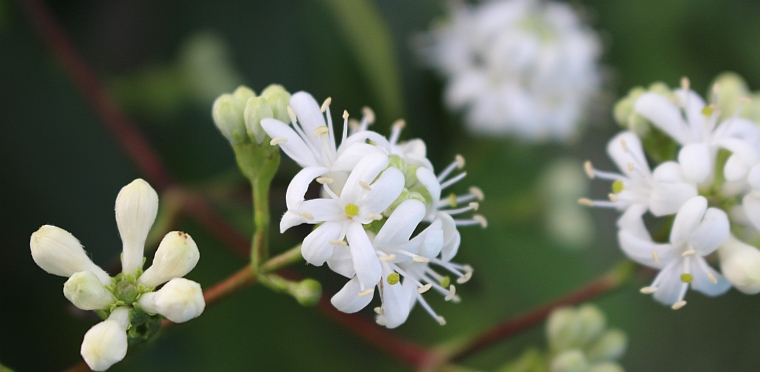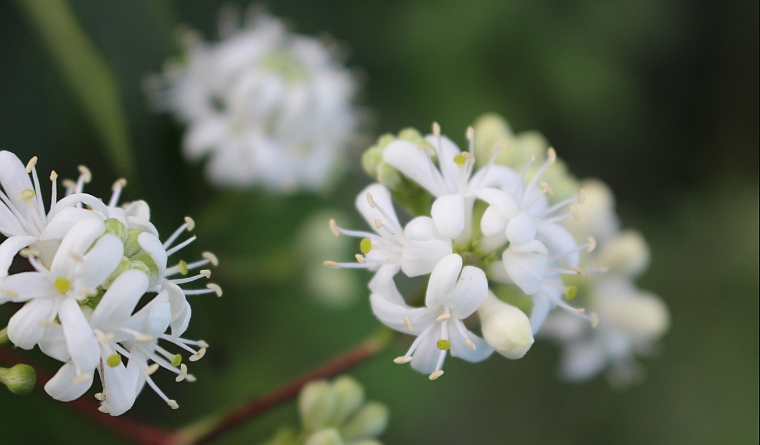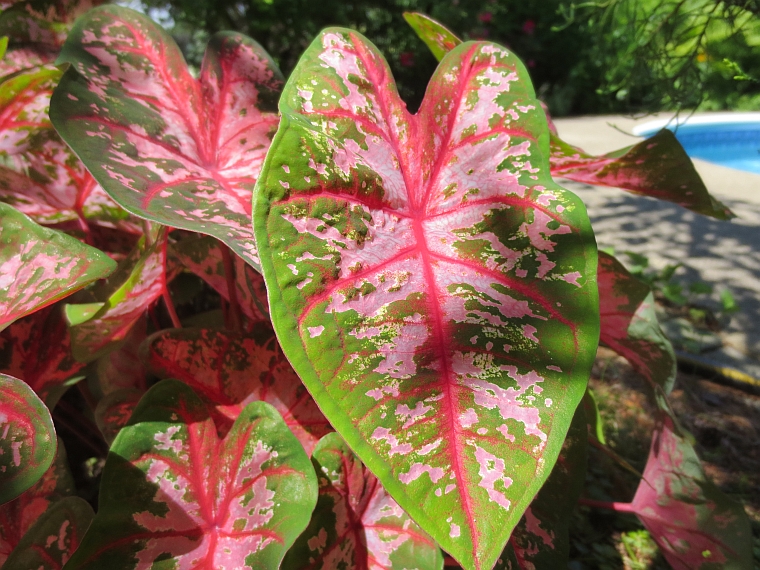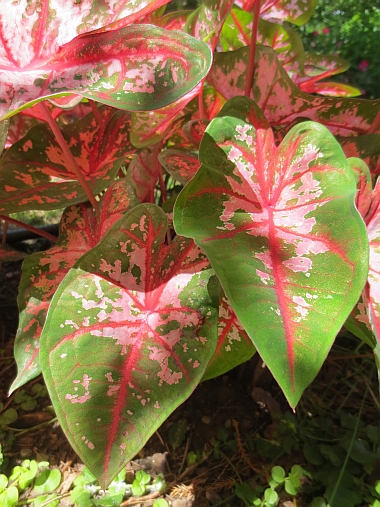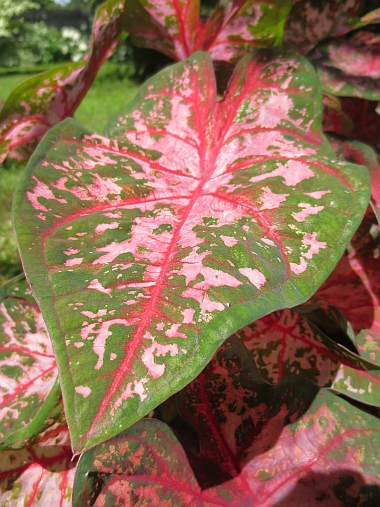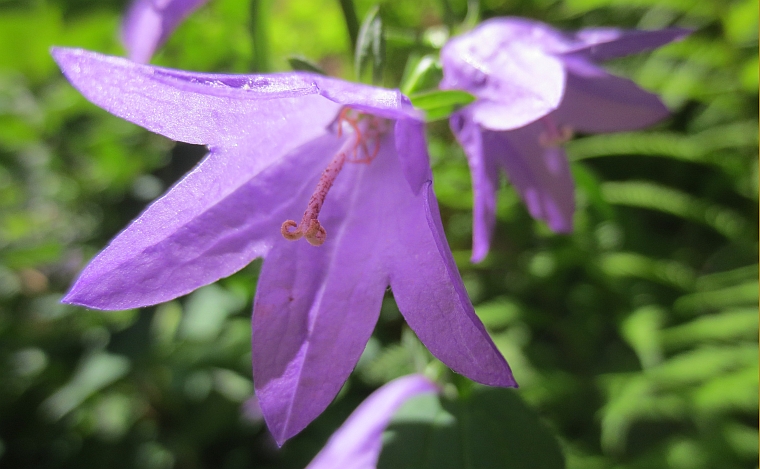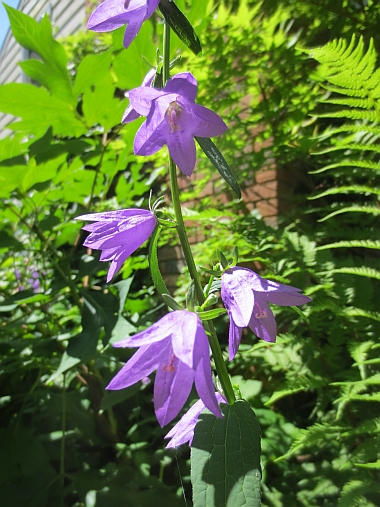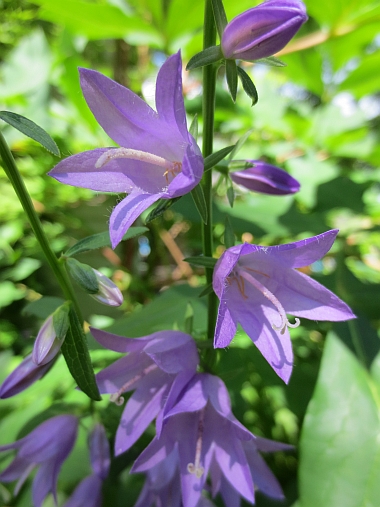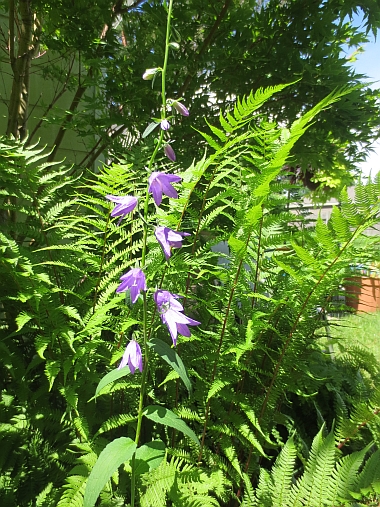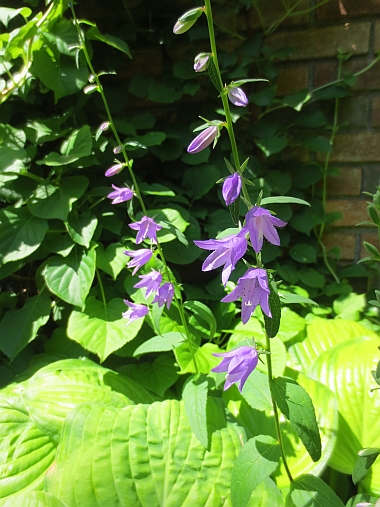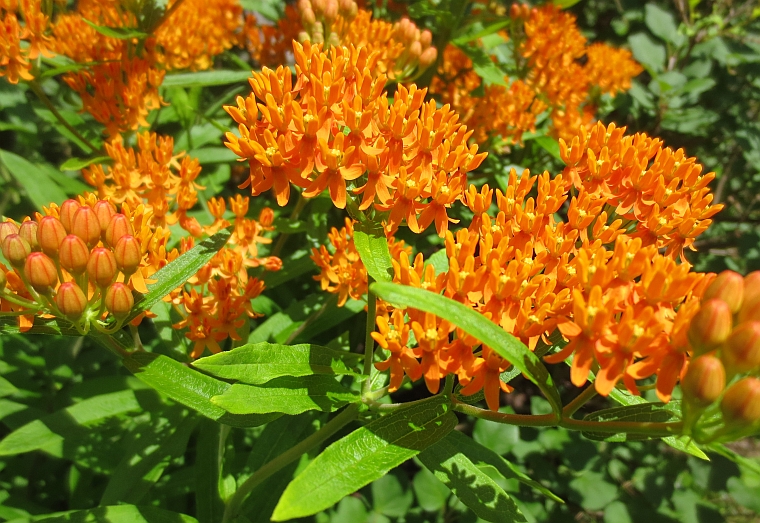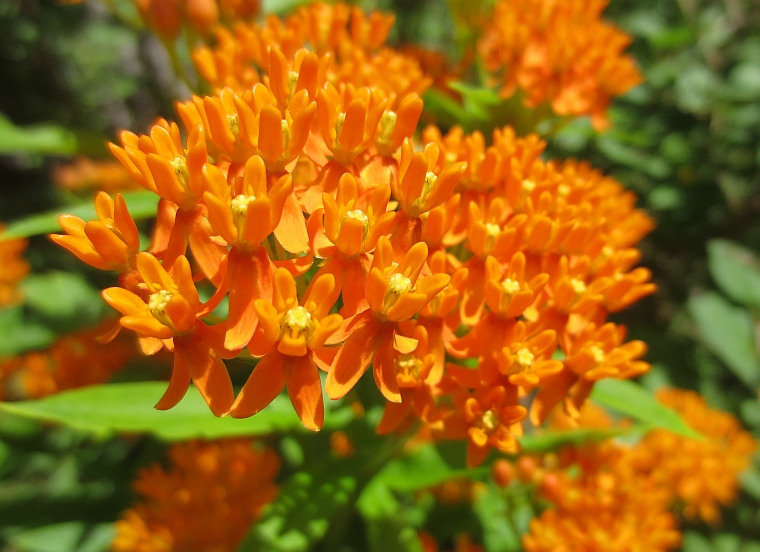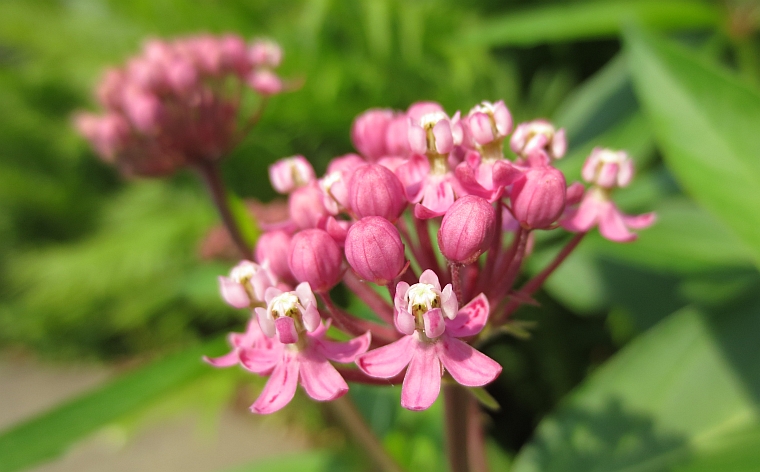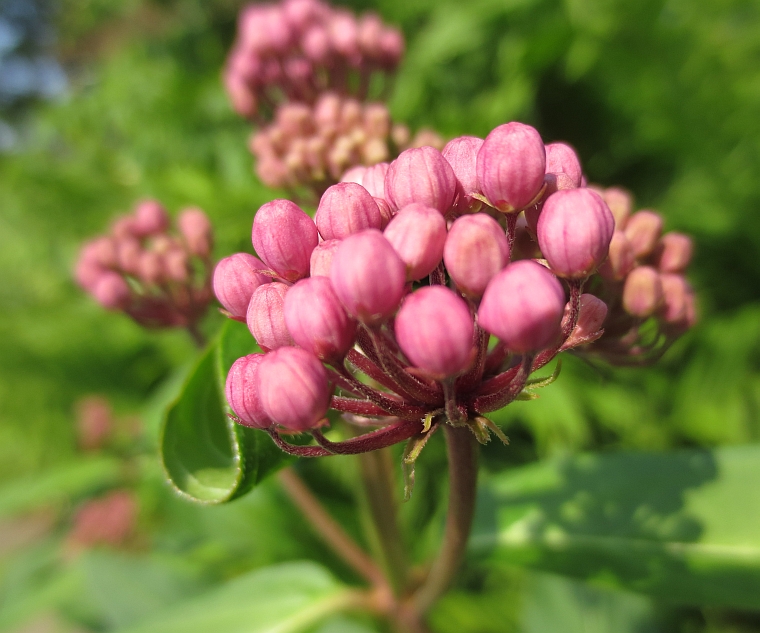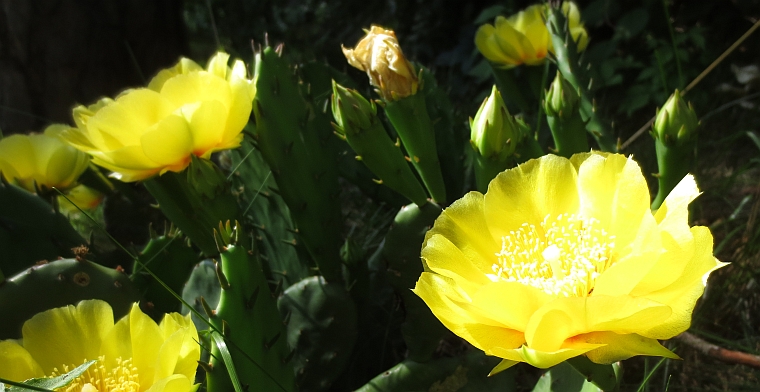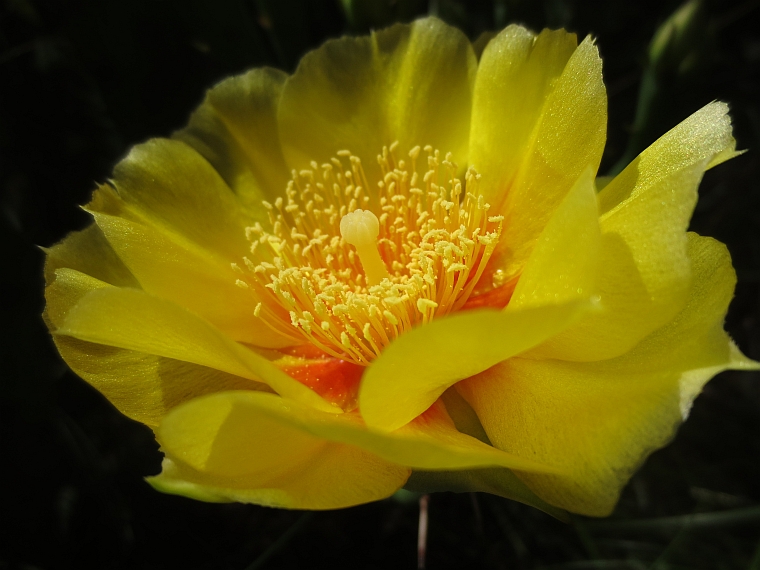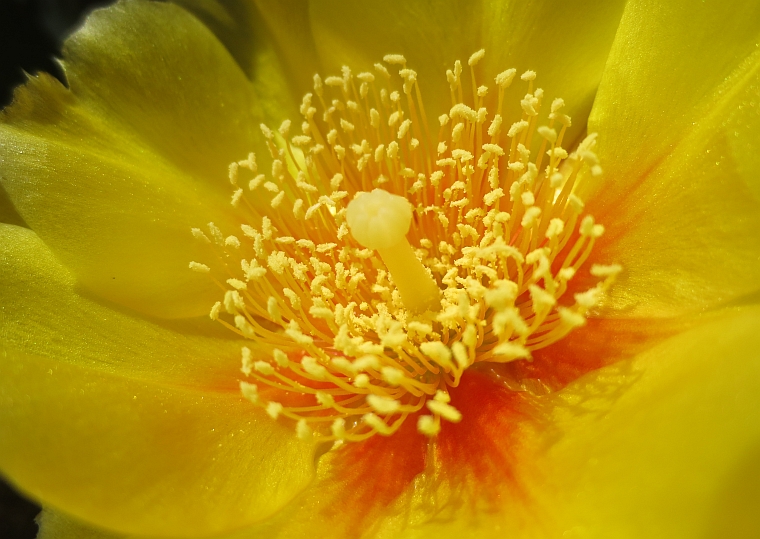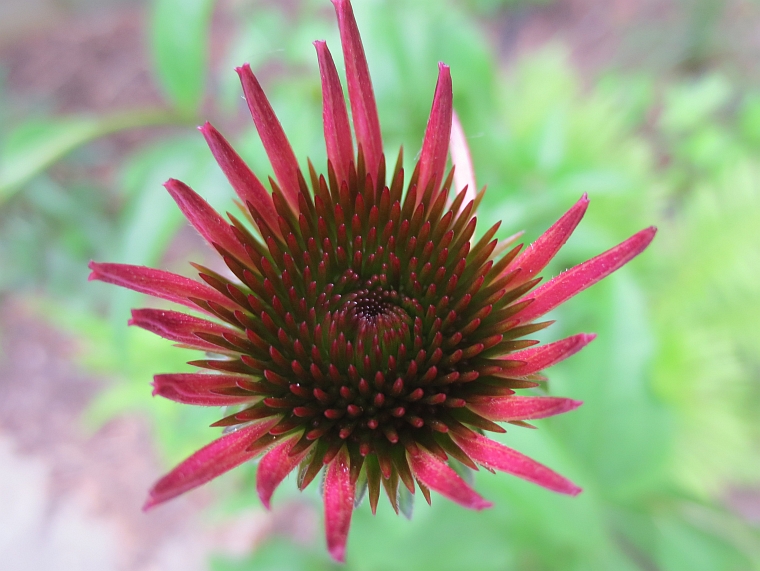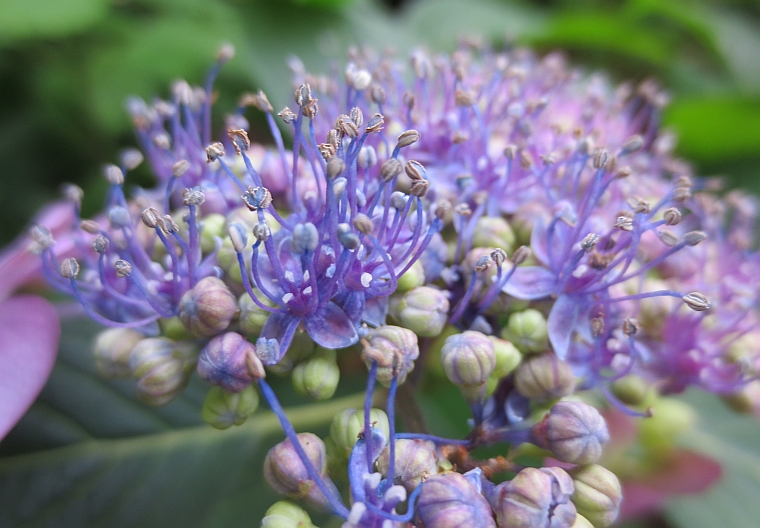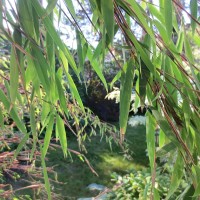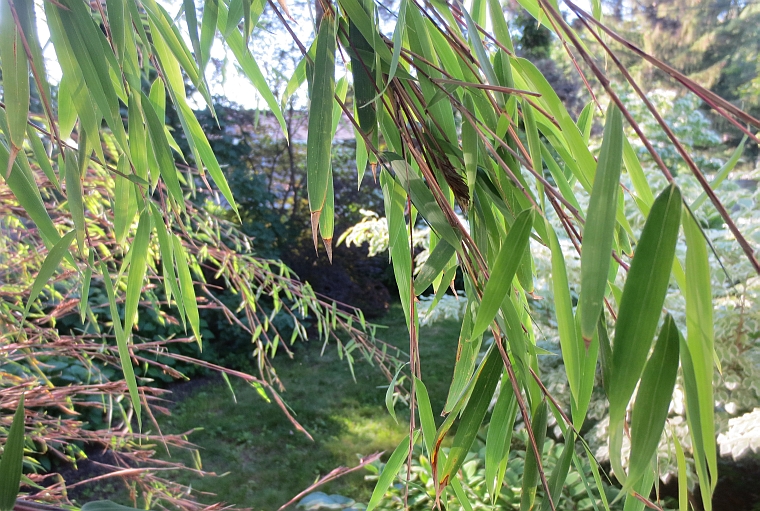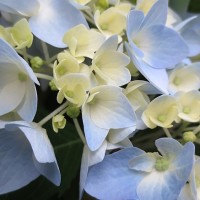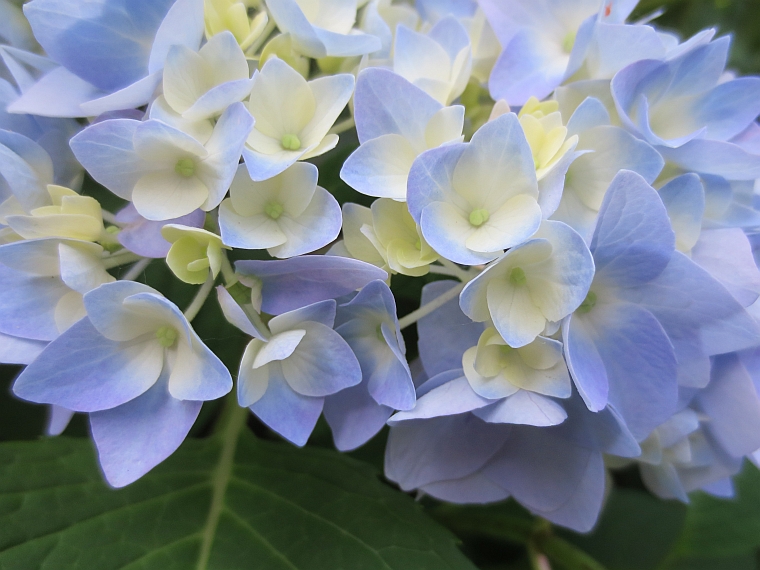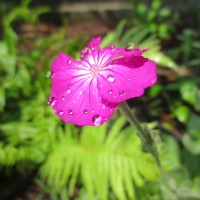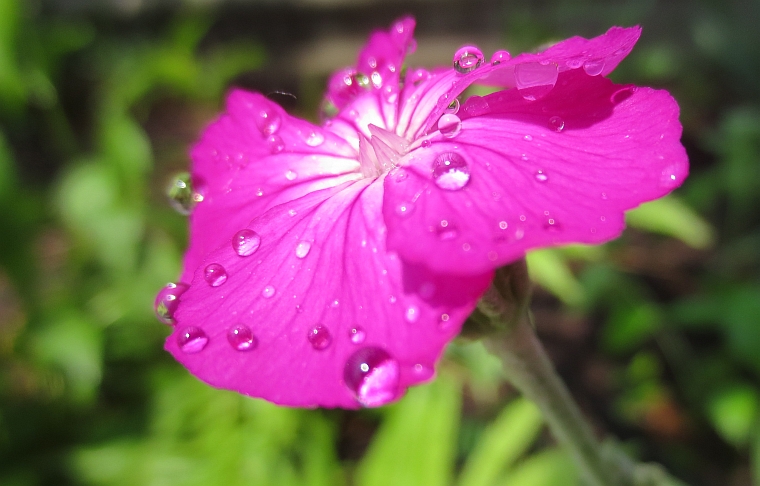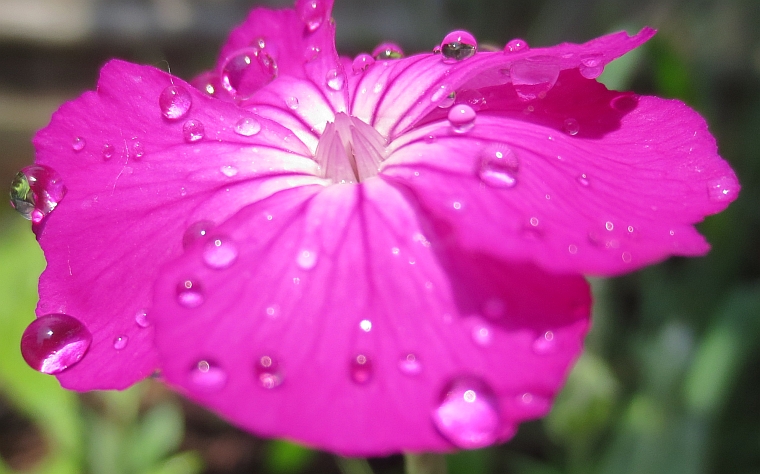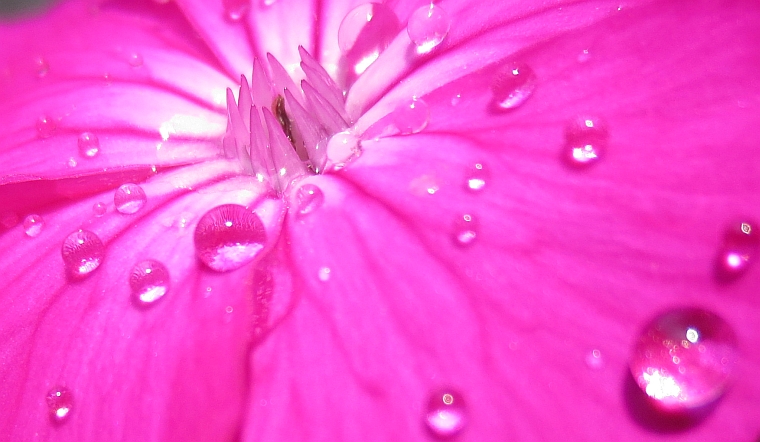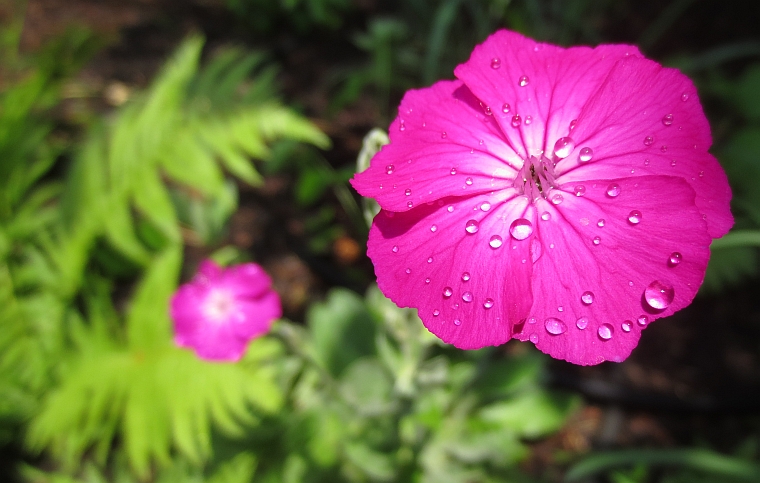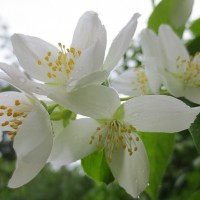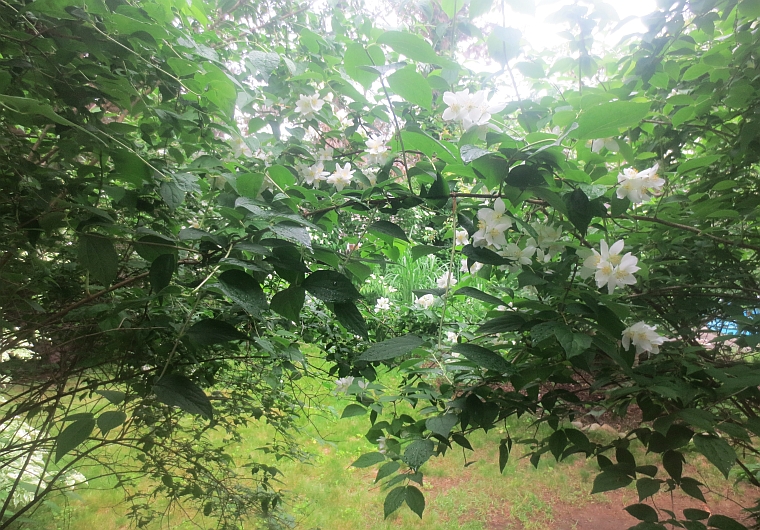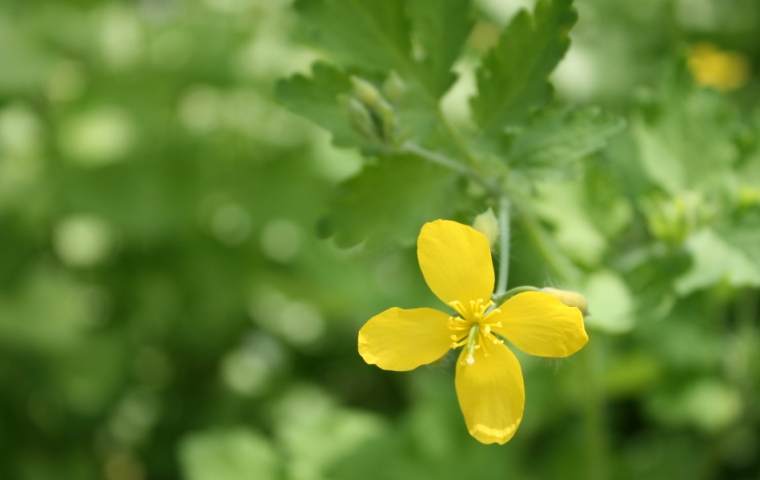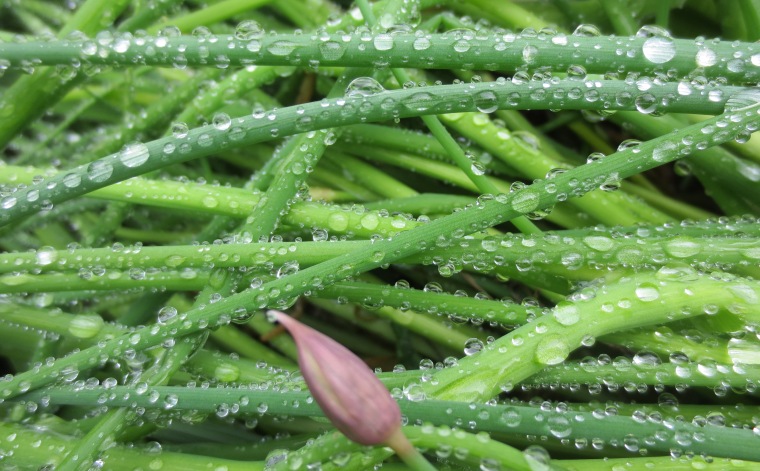It’s been years – probably at least twenty – since I planted a coleus. Like so many others, the pull of perennials and flowering shrubs supplanted my childhood love for annuals, and the coleus had been one of those casualties. This year, I put a few into the backyard patio pots, and they have turned in this amazing show. The combination of bright lime green and the almost-magenta veining of its neighbor is striking, and just as exciting as the most exotic flowering orchid.
The main difference is in the cultivation – it couldn’t be simpler. A bit of protection from the strongest direct sunlight, a little fertilizer once every two weeks, and regular watering during dry spells are all this is required to procure a display as impressive as what you see here.
The only thing you have to do is be especially vigilant about the watering-during-dry-spells admonition. Their leaves are fine, and will wilt immediately when their pot goes dry. They spring back almost instantly if you catch them in time – but I wouldn’t push it.


